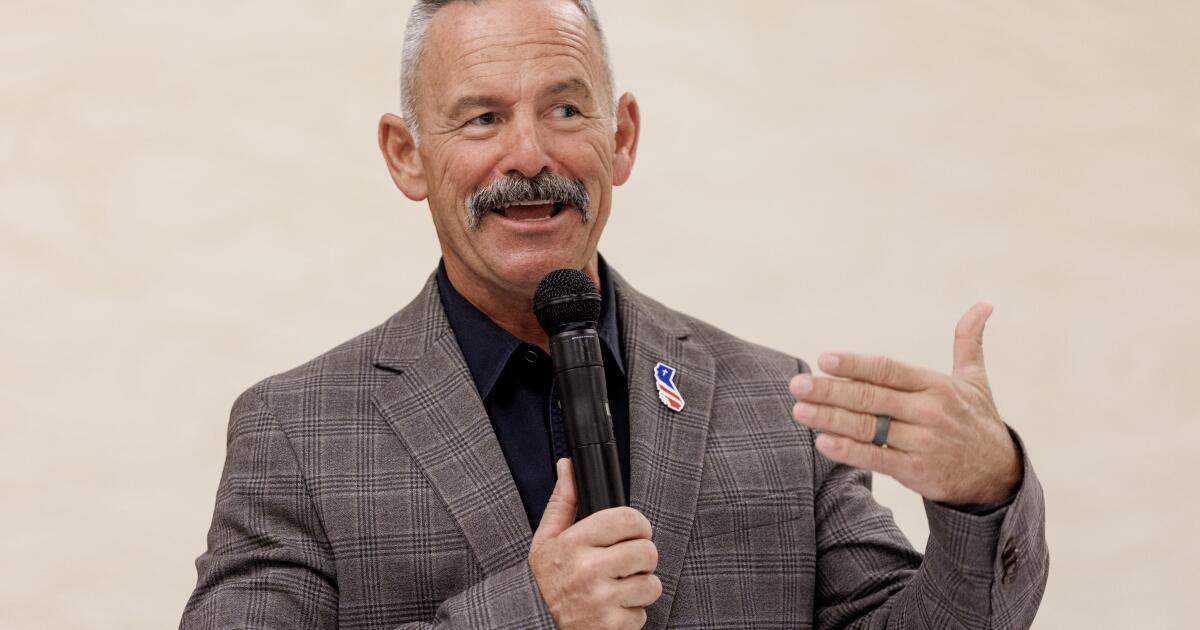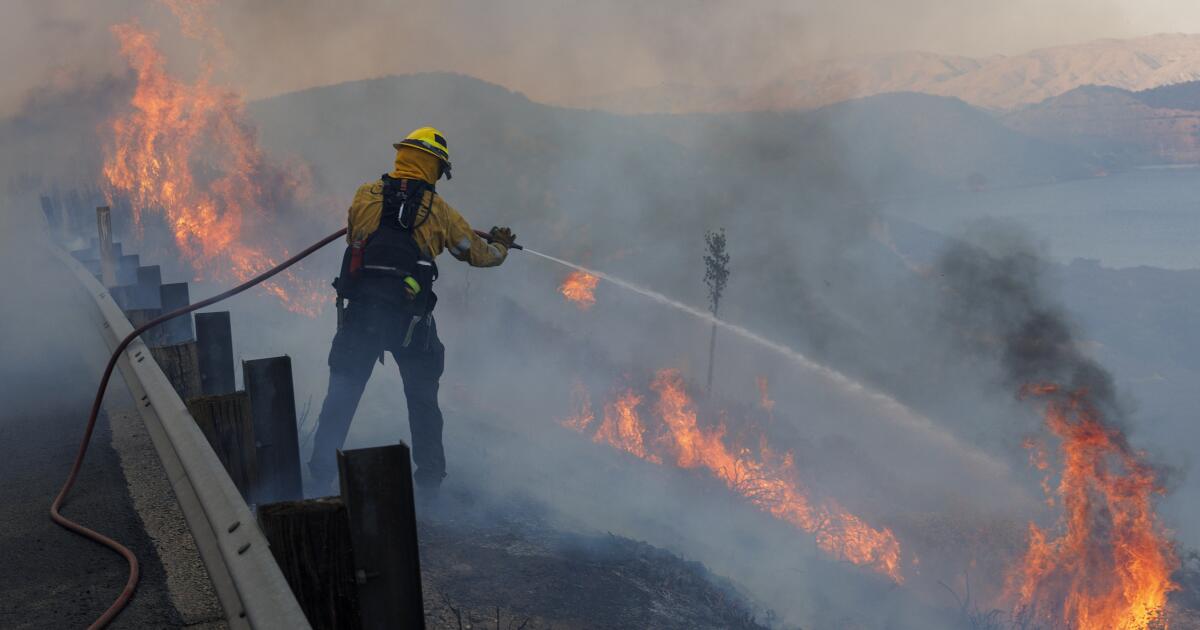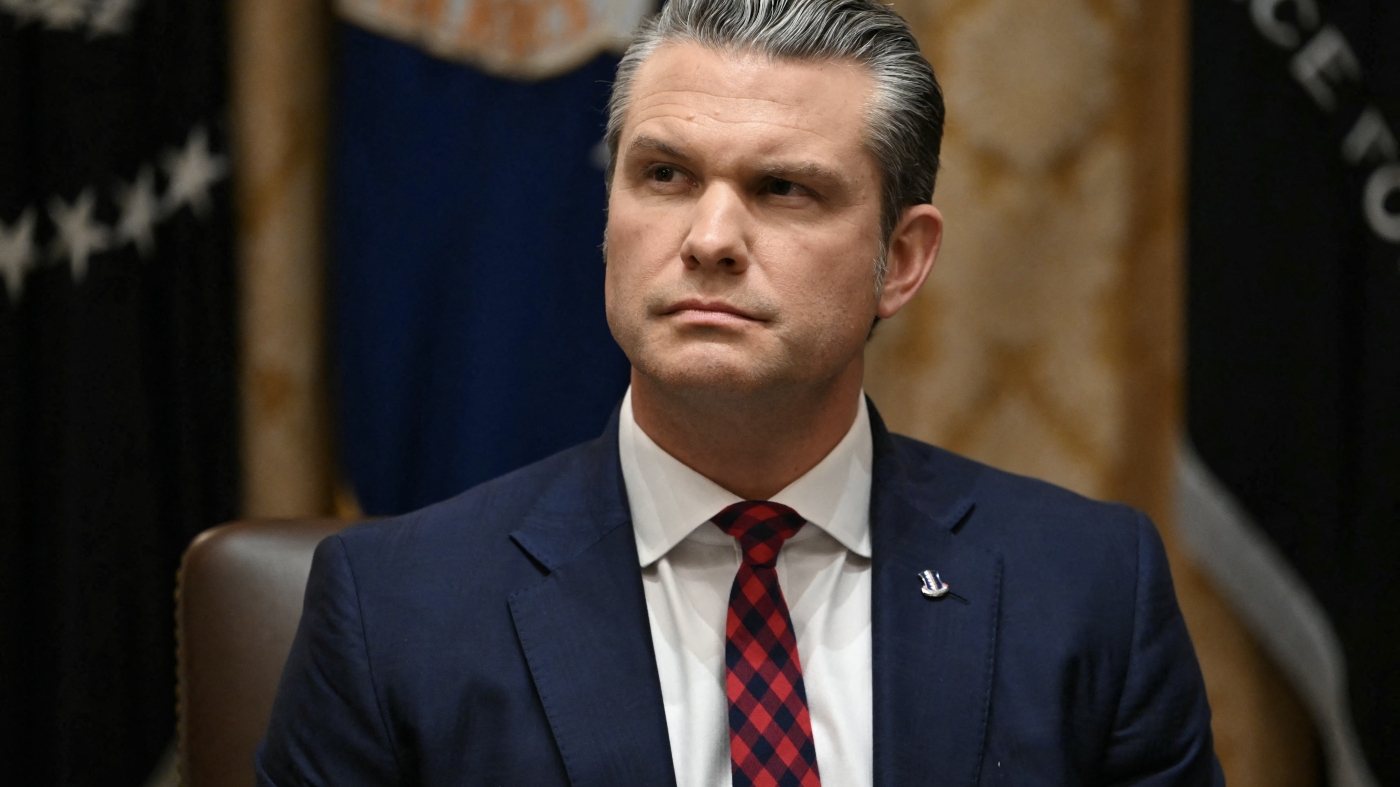SIOUX FALLS, S.D. (Dakota News Now) – While momentum for Amtrak expansion to South Dakota has been growing for months, the state’s Transportation Secretary is doubtful it will ever become reality.
No state official had commented on the Federal Railroad Administration’s Long Distance Service Study until Wednesday when Jundt addressed the topic during a State Railroad Board meeting, the first since the FRA released its third round of meeting materials.
“I’m just being as honest as possible here. I do not see any routes in South Dakota rising to the top from a high-priority standpoint. As you know, just the cost of physically doing rail in our state is very expensive,” Jundt said during Wednesday’s meeting.
MORE: Advocates: Proposed Amtrak service a big first step for South Dakota
Jundt was part of a 2021 study that concluded that South Dakota would not be a viable candidate for passenger rail expansion.
Jundt cited several reasons why the two routes going through South Dakota would be pushed back by the FRA in their final report to Congress.
The first is that much of the state’s current rail infrastructure would need to be upgraded to meet the FRA’s requested top speed of 80 miles per hour for passenger service. A recent project with the Rapid City, Pierre & Eastern Railroad upgraded 163 miles of rail from Fort Pierre to Rapid City at the cost of $82 million – $42 million coming from RCP&E, $22 million from a U.S. Department of Transportation’s RAISE grant, and an additional $20 million from the State of South Dakota.
“Rapid City, Pierre & Eastern’s line to go from 10 miles per hour to 25 miles per hour was quite significant,” Jundt said. “Just due to the fact of our expansive shales that we have in the state, and so I would anticipate that when they get to the point of physically putting a dollar value to this, it’s going to be definitely over a billion dollars, and more than that.”
Another reason why Jundt doubts passenger rail could ever be feasible in South Dakota is because of the state’s low population compared to other proposed routes in the study. He said when the FRA is looking at potential ridership in its ongoing fourth round of studies and stakeholder meetings, it will be hard to justify the cost compared to the number of travelers from South Dakota.
“Our anticipation is that the concept that they have out there, as they physically go through some of this, I would see a rate of return if that’s what they’re looking at and what ridership would be and everything else might be truly envisioned on this, is not going to rank as high as the other routes that they’ve identified,” Jundt said.
MORE: Considering economic pros and cons of potential passenger rail expansion
Those arguments, though, are at odds with Dan Bilka, President of the advocacy group All Aboard Northwest and one of the main driving forces behind bringing back passenger rail service to South Dakota for the first time since 1969.
Bilka said Friday that the funds for the projects are already planned and that if the State of South Dakota, as well as counties, cities and organizations, don’t voice their support, those funds would be lost. He said if Amtrak were going to come to the state, they expect the federal government to take a lion’s share of the cost.
“We’ll see what the final recommendation is from the Long Distance project team about what to pay for. Our personal take is that it should not be put onto the states or communities. Maybe they can ask for a local match, but it should not be burdensome, especially since we have not had passenger rail service here in South Dakota since before Amtrak service,” Bilka said.
Jundt also noted that if Amtrak were to come to South Dakota, the state would lose its Special Transportation Circumstance grants, or STC grants, that it receives from the federal government each year. South Dakota has been receiving those funds for some time, and those grants totaled about $27 million each in 2022 and 2023.
However, those grants would go away if the state received any sort of passenger rail service, whether it came from Amtrak or not. In its 2015 State Rail Plan, Minnesota lists a possible passenger rail line from Minneapolis to Sioux Falls as a future project. Should that ever become a reality, South Dakota would lose access to STC grants.
Bilka said it’s not a matter of if but when passenger rail service will eventually come to the state. He said South Dakota is actually missing out now by not being a part of the numerous rounds of grants released recently by the federal government, which could also be used to help pay for freight railroad upgrades.
“I can understand the concerns about the STC grants, but they’re missing part of the larger picture. We actually might be losing more money that way than the meager, token amount we’re getting through the STC grant program,” Bilka said.
He also argued that the scope of the survey isn’t just to see how many more riders Amtrak can garner by expanding. One of the focus areas outlined in the survey is to reach more people in the United States living in rural or disconnected areas and allow them to consider taking rail as a mode of transportation rather than just by car.
Bilka said internationally, passenger rail doesn’t make a full return on investment, but neither do highways or airports, all of which drive economic activity.
“There’s very few passenger rail systems that ‘make a profit’ from farebox recovery. That’s true for Europe, that’s true for Asia,” Bilka said. “But it’s the economic vitality that it brings to the communities, similar to our highway network and our aviation network that neither of them don’t ‘pay for themselves.’”
Bilka said if there isn’t enough support for South Dakota to be added to Amtrak’s network, those funds would only go back to states that already have extensive networks. He said actions like the resolution passed by the Rapid City Council helps show that support, and he argued that money spent in South Dakota will go much farther towards meaningful growth than going back to more populated areas.
“I would, personally, would rather have some of that money come out our way than have it all get gobbled up by California and the Northeast Corridor. Let’s say if it is a billion or maybe two billion dollars to upgrade the line for the route across the state from the Twin Cities to Denver. That should not be a sticker amount we should be so adverse to at that point,” Bilka said. “Especially with what the [SDDOT] bringing up about the STC grants, I don’t think in the history of the STC grant program we’ve ever received anything close to that.”
MORE: Thune weighs in on Amtrak expansion to South Dakota
The final round of meetings the FRA plans for its study is due to take place near the end of next month, with a final report expected to come sometime in the middle of June. Along with that will come preferred routes, funding sources, and a cost and public benefit analysis.
Copyright 2024 KSFY. All rights reserved.









































